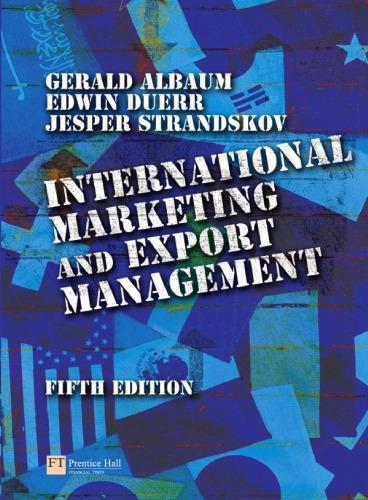2. Should Adidas continue with its so-called guerrilla marketing (promotion) activities worldwide? What other alternatives can the
Question:
2. Should Adidas continue with its so-called guerrilla marketing (promotion) activities worldwide? What other alternatives can the company use? In 1993 Robert Louis-Dreyfus, former head of the British advertising group Saatchi & Saatchi plc, along with a group of investors, acquired Adidas AG, the German shoe maker headquartered in Herzogenaurch, near Nürnberg. The following year Louis-Dreyfus and his associates unified all operations by acquiring control of Adidas International Holding GmbH, which owns 96% of Adidas AG. At the time of its acquisition Adidas AG was operating like a ship without a rudder due to lack of continuity in its management. Former management had cut marketing expenditures as a percentage of sales in order to show a profit. The result was that brand image was adversely affected.
Brief company history In the 1920s a German shoe maker, Adolf Dassler, decided to make shoes especially for runners and soccer players. As early as 1928 Olympic athletes started winning medals in Dassler’s shoes. This led to the creation of a mystique that grew into legend and helped turn his company into the world’s largest sporting goods company.
And then one day the legend, along with Dassler, died. First his wife, Kathe, and then his son, Horst, tried to carry on the company name, trademarked as Adidas in 1948 (the beginning letters of Adi Dassler’s first and last names), but Horst died unexpectedly at the age of 51. And during the time Horst struggled to keep the company going as a firm that made excellent shoes for real athletes, the trend of athletics shoes as fashion statements for weekend athletic ‘wannabes’
came of age, and Adidas was left in the marketing dust of new companies called Nike and Reebok.
Step by Step Answer:

International Marketing And Export Management
ISBN: 9780273743880
5th Edition
Authors: Gerald Albaum, Edwin Duerr






